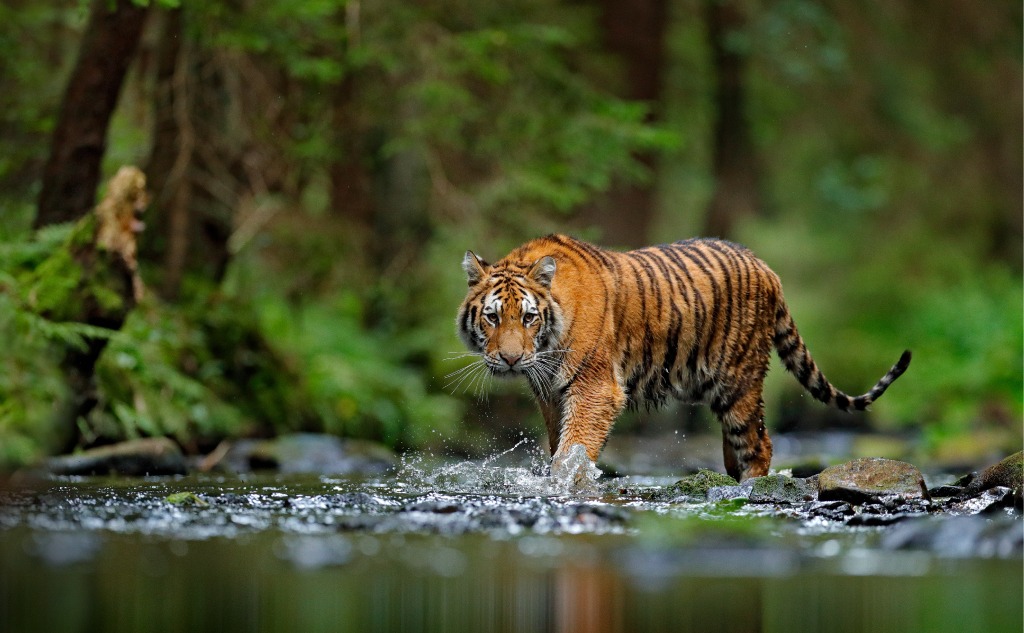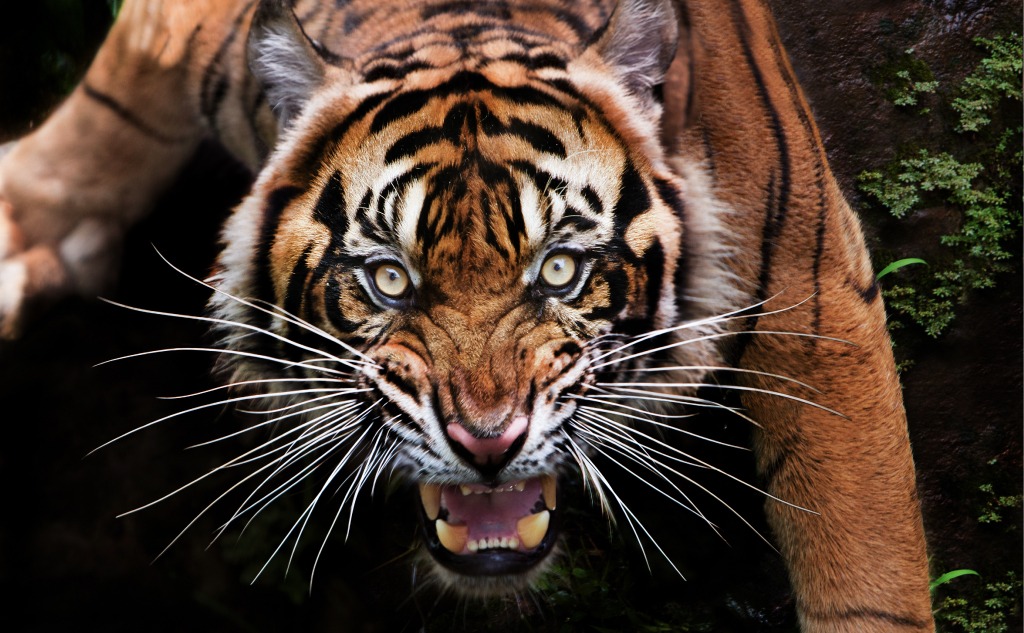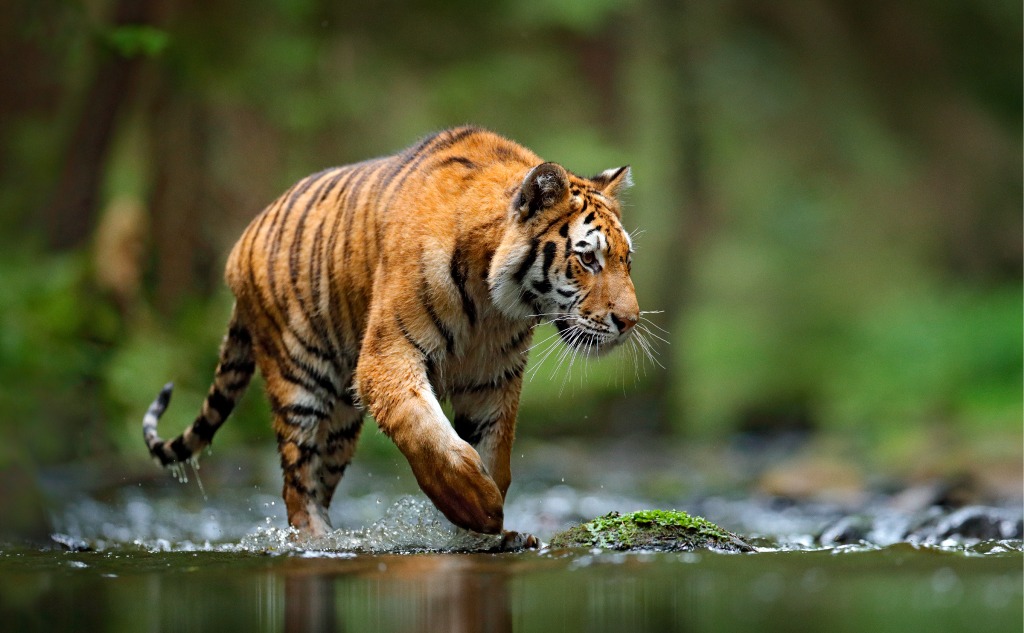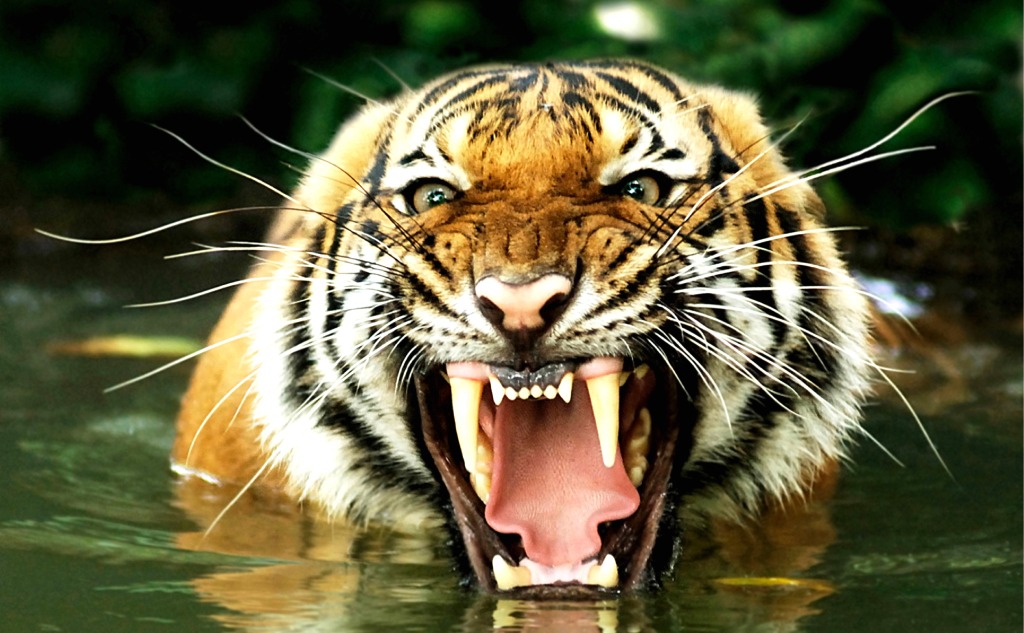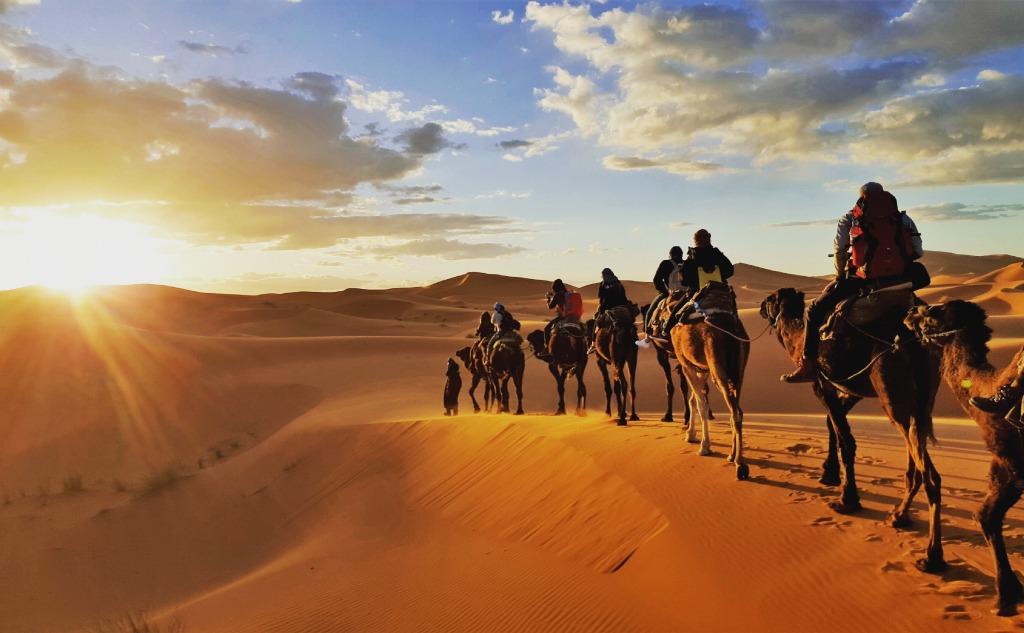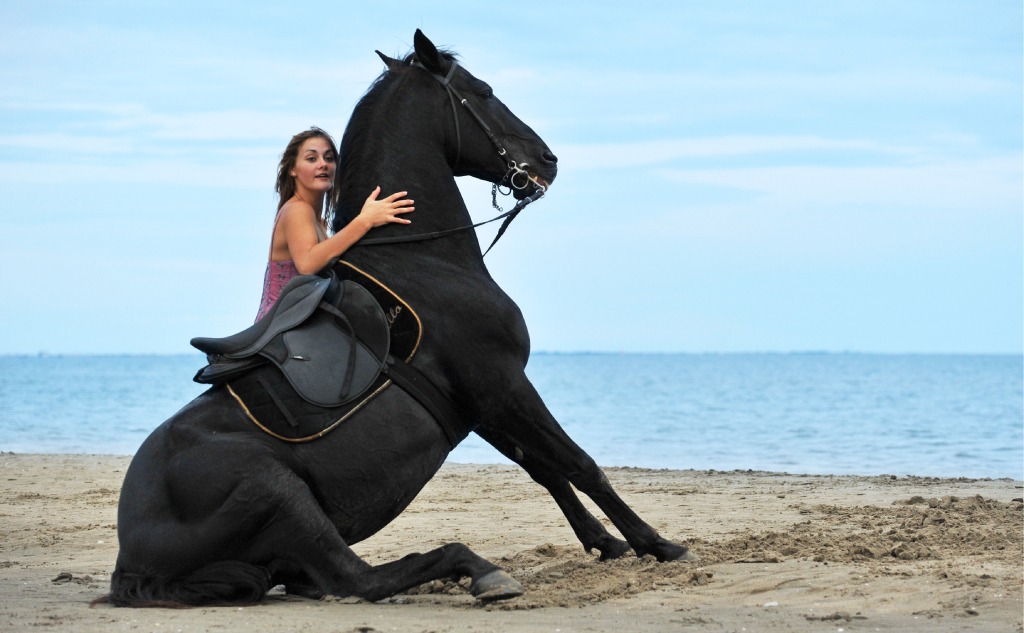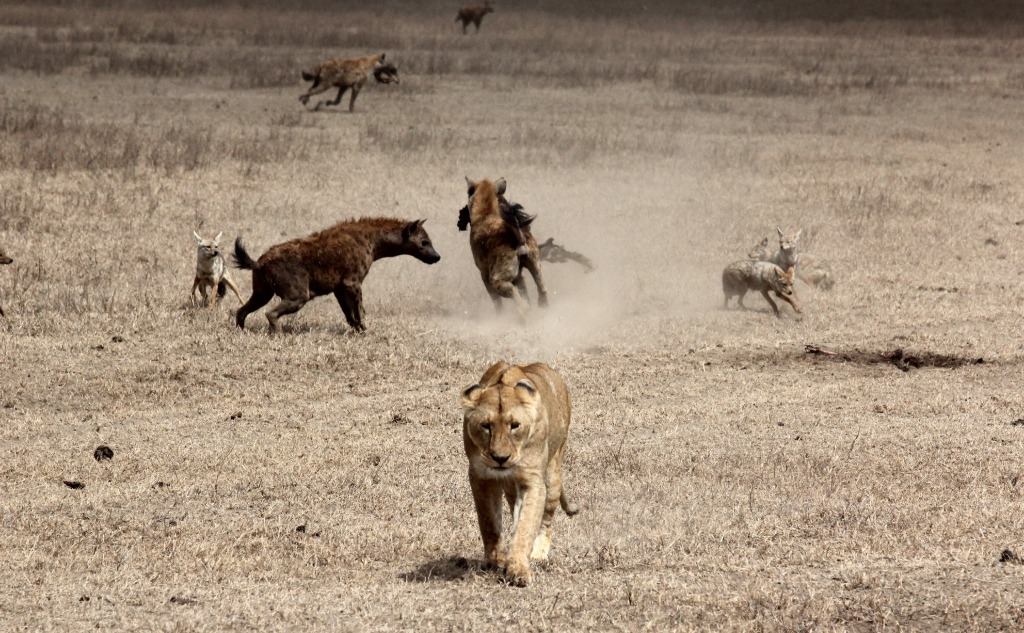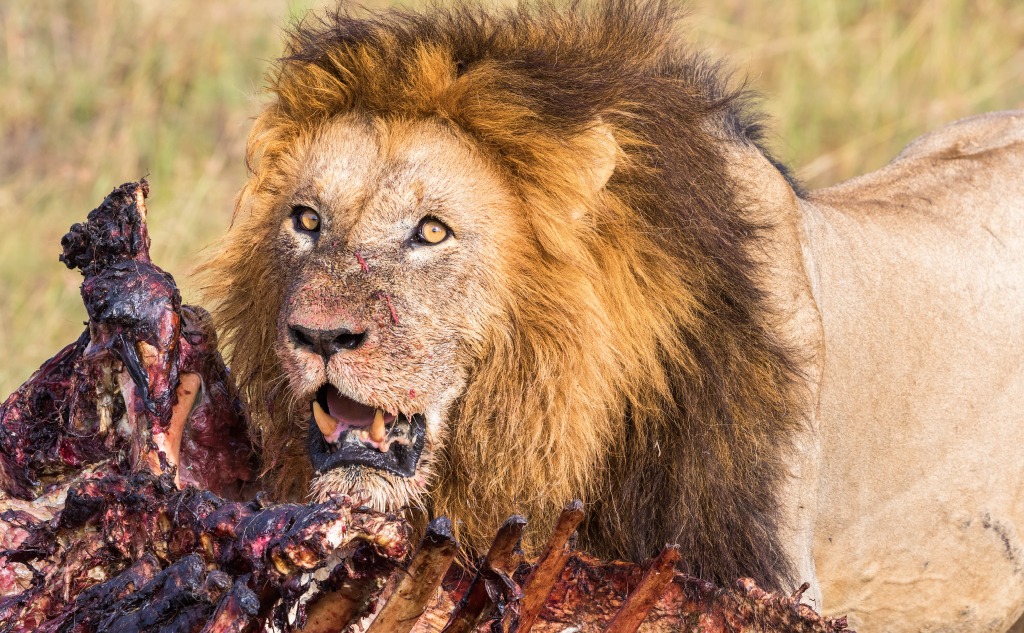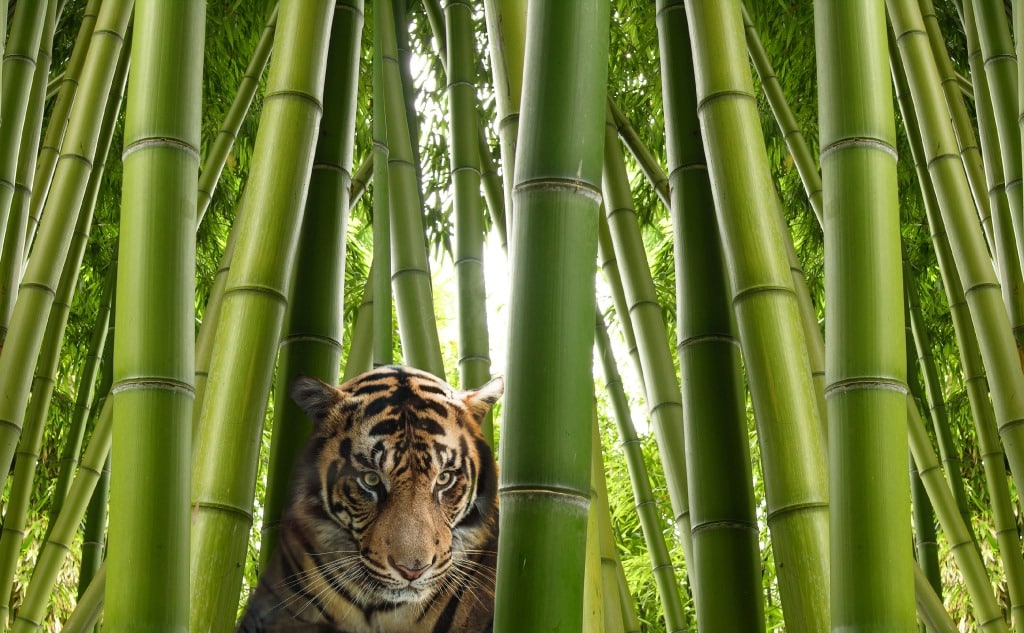Tigers and Fear: What Are Tigers Afraid Of?
Here’s what tiger are afraid of: Tigers, like the majority of animals, are terrified of fire. The use of fire to keep tigers at bay has been practiced for decades by big cat “tamers.” Tigers are also frightened by strange sounds that they have never heard before. If you want to know all about what are tiger afraid of, then you’re in the right place. Let’s get started! Are Tigers Afraid of Any Other Animal? Tigers are usually at the top of the food chain and are classed as apex predators, which means they aren’t scared of any other animals in their natural environment. In the case of tigers that live within the range of a specific bear species, this is not always the case since they are occasionally killed by bears while vying for food or contesting a kill. The tiger is a vicious predator that occasionally competes with brown bears for adequate food supplies, and the two species may even come into conflict. Tigers are capable of killing both bear cubs and adults. Tigers are also known to prey on Asiatic black bears in some areas of their range. The sloth bear is a very violent animal, capable of scaring tigers away from the prey that they kill when they are at their most hostile. What Are Big Threats to Tigers? The loss of tigers’ natural habitats is a major danger to the survival of the species worldwide. It was believed at the start of the 20th century that there were 100,000 tigers on the globe. There are now between 1,500 to 3,500 tigers in the world, according to estimates from 2015. A further concern stems from the traditional Chinese medicine practice of using components of the tiger. Even though it is a geographically confined phenomenon, the killing of tigers by mugger crocodiles, pythons, and leopards poses a threat to the tiger population as a whole. Generally speaking, tigers and other top predators cohabitate through techniques such as hunting at various times of day in order to avoid conflict with one another. Is It True That Tigers Are Frightened of Humans? Tigers are usually apprehensive when it comes to people, and they exhibit no affinity for human flesh. Humans, even though they are relatively simple prey, are not a preferred source of food. Most man-eating tigers are old, infirm, or lacking teeth, and they prey on humans out of desperation rather than hunger. What Are the Chances of Tigers Attacking or Killing People? Tigers attacks are fairly unusual. Tigers prefer to remain to themselves and avoid interactions with people. In India, where more than 1,700 tigers dwell in the country’s national parks, the number of humans that have been attacked or killed by tigers is at its highest. Sometimes tigers are not scared of people in extremely rare instances and may attack or kill if provoked. These may include the following: Protecting Their Cubs Tigers guarding their offspring are continuously on the lookout for humans to attack and kill. Never approach a tiger cub in the wild since their parents are almost always nearby and ready to strike if the youngster is approached. When it comes to their cubs, they are fiercely protective (unlike lions, who often kill their young). Lack of Food In most cases, a tiger will hunt for huge prey once every week, and it can take several days for tigers to get hungry once more. Given this, a starving or malnourished tiger may leave its normal environment in quest of food, and it will not hesitate to kill in the pursuit of that food. Their Inability to Hunt Effectively Tigers that are unable to go after quick animals may consider people to be their only prey. Old or injured tigers, as well as tigers in their adolescent years who may be unskilled when it comes to hunting, are examples of this type of predator. Keep to heavily populated regions if you’re traveling to a place where tigers are commonly found. If you want to view these magnificent creatures, you don’t have to go into the wilderness. Is It Possible for a Human to Terrify a Tiger? Humans are grossly underappreciated in terms of how strong we are when we are not armed. We may not have hair to shield us from scratches and bites, nor do we have claws to slash at our adversaries, but we are still large and muscular apes with great strength. Is It Possible to Kill a Tiger With Only Your Bare Hands? Assuming no outside forces are present, there is no way a person could defeat an adult tiger in a battle using only his or her own hands. Humans do not have the necessary strength and speed in the correct proportions to inflict serious injury on a 600lb adult tiger of any size. Can Tigers Smell Humans? Yes, they can smell humans. Due to the fact that scent is less keen than some of its other senses, the tiger’s sense of smell is typically not employed for hunting. They have a limited number of odor-detecting cells in their nose and a decreased olfactory area in their brain, which allows them to distinguish between different odors, but not as well as some other big cats. Is It Possible to Survive a Tiger Attack? Tigers are very powerful, swift, and hefty predators. In reality it is tough to survive a tiger attack. However, it is conceivable for a person to survive an attack of this nature one in a thousand times. If you were to use a computer program to mimic a tiger assault and replay the scenario several thousand times, ultimately, the human would have to win at least one of the attacks. Are Tigers Afraid Of Elephants? No, they do not. Tigers and elephants are frequently found living side by side in southern India. While tigers are not often attracted to elephants because of their size, they have been observed killing elephant babies. As a result, elephants …

